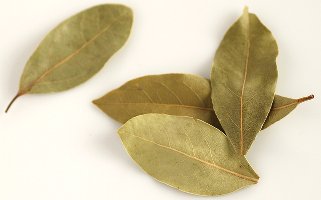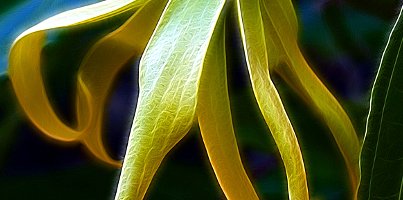
I have always liked mimosa in fragrances. Rather, I should clarify: I have always liked Acacia farnesiana (cassie) and/or scents with heliotropin. The term “mimosa” is a bit of a moving target, even in botany, as there are about 400 species or cultivars of plants under this genus, mostly with pink or mauve flowers, in addition to many other shrubs or trees that produce poofy, cartoonish blossoms and were historically lumped in under the name by the public — silk tree being an example. The sweet, warm, powdery smell we encounter in perfumery, with its facets of almond, honey, violet, craft paste and fresh cucumber, comes from distillation of the soft, feathery yellow petal clusters of the acacia species that most of us in the West know as mimosa flowers. One of my most vivid and happy memories of visits to France is the bushels of mimosa branches tossed out during “La Bataille de Fleurs” or flower parade during the Carnaval de Nice, which winds its way along what must be one of the world’s most beautiful thoroughfares, the Promenade des Anglais.
For all its cheerful straight-forwardness, mimosa appears to be a hard note to use in perfume. There are very few credible soliflores and many mainstream fragrances with a strong mimosa presence come off as airheaded and shampoo-like. With the IFRA restrictions on heliotropin, it has become even more difficult, if not impossible, to base a fragrance around the flower. Looking to include perfumes with some availability in this list, I found that almost all the mimosa fragrances I’d enjoyed at the beginning of my perfume education in the mid-noughties were discontinued or reformulated. Caron Farnesiana, long the great classic of mimosa perfumes, has gone through so many versions that it is hard to keep track of them all…



